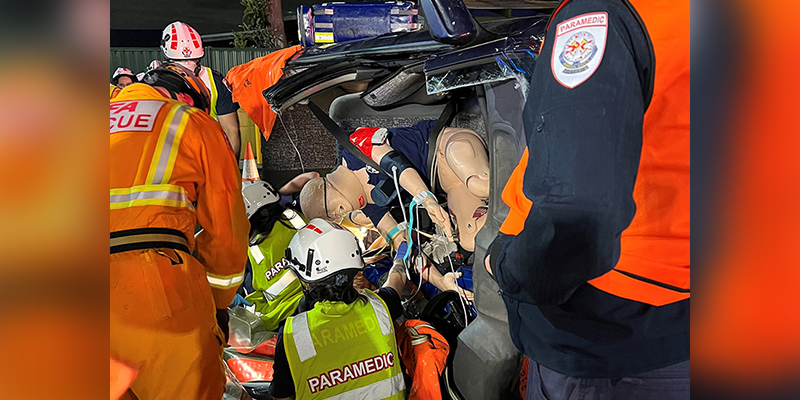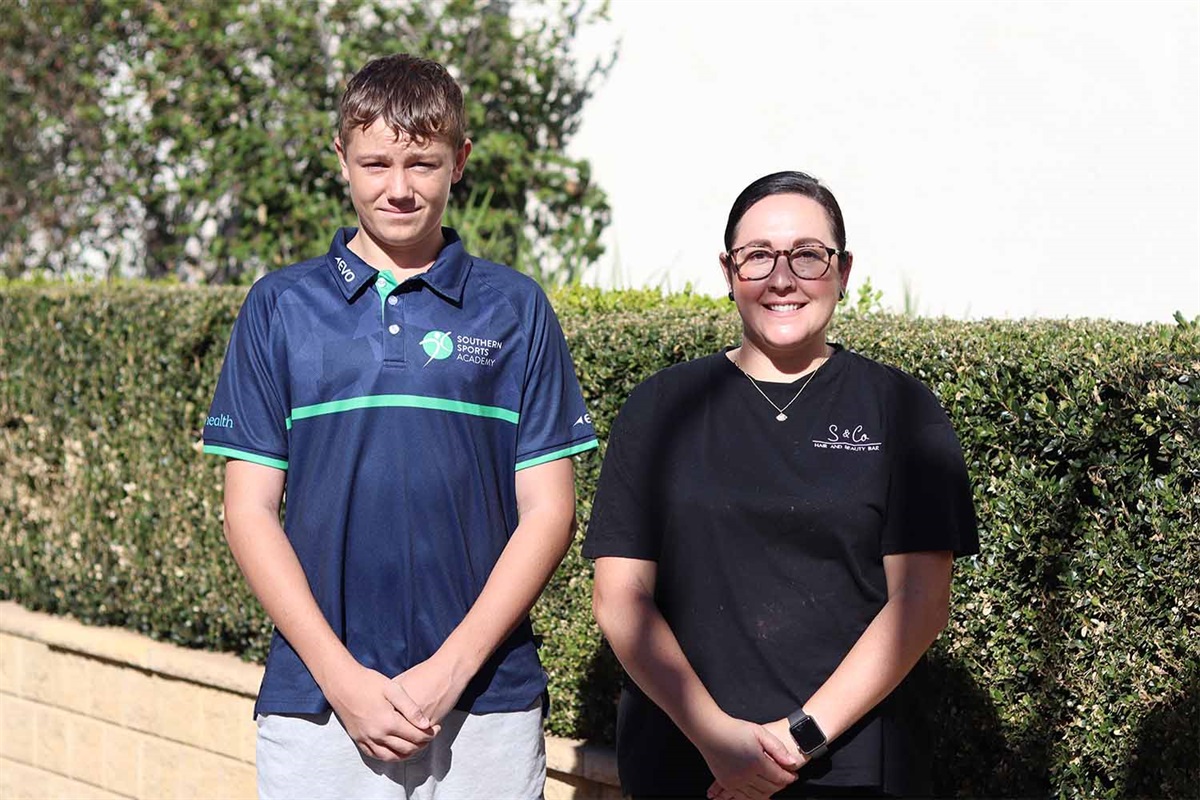Narrative visualisation – data visualisations that use storytelling techniques – can help us understand the complex statistics and health findings of the pandemic, says UNSW expert.
The pandemic has given prominence to an emerging field of data storytelling, says Dr Cameron Edmond from UNSW Art & Design. Narrative visualisation – data visualisation that uses storytelling techniques – can make complex narratives like COVID-19 more accessible, he says.
“Visualisations [that] are augmented by the use of narrative … create a kind of hybrid data storytelling,” the expert in digital media and communication technology says. “By drawing on the disciplines of creative writing and journalism, we can more effectively walk readers through visualisations.”
Dr Edmond, whose research spans AI-generated literature and videogame design, is examining how narrative structures influence our understanding of data sets at UNSW’s EPICentre (Expanded Perception & Interaction Centre). The EPICentre undertakes interdisciplinary visualisation and computer graphics research across the arts and STEMM.
“Narrative visualisations can range from something as specific as adopting various narrative modes [such as dialogue, action and description] to present a collection of visualisations, to utilising text annotations to clarify data or evoke empathy,” he says.
“We are asking which elements offer the greatest opportunities to promote understanding.”
Data versus narrative
Data visualisations, such as graphs, charts and maps, can be abstract and difficult to interpret, he says. “[They] still represent uncertainty and ‘data’ to some users, who will struggle to engage with them.”
Incorporating narrative elements helps to make them more accessible, he says.
Creating narratives is fundamental to social existence, he says. “In order to explain things, we’re going to put them into narrative context.”
But relying on narratives alone has its own issues, he says. “Narratives come with their own social baggage, their own cultural baggage. And they can be very, very persuasive.”
When it comes to some of the denialist narratives we’ve seen during the pandemic, like Bunnings Karen’s, there is often a lack of supportive facts and figures, Dr Edmond says. Narrative visualisation offers a balance of data and narrative, and a means to challenge misapprehensions, he says.
“We can start to flip the script. And we can start to figure out how to communicate this data through a narrative, and maybe change [uninformed public perceptions].”
Flattening the curve
Data visualisations have been used throughout the pandemic to communicate the latest statistics, health findings and recommendations.
“To use the Flatten the Curve infographic as an example: although the graphic is interesting and useful, it can be difficult for people to interpret,” Dr Edmond says.
The Flatten the Curve infographic went viral early in the pandemic. It shows the difference in the number of active cases with and without mitigation strategies, like social distancing. But it also gave rise to many explainer pieces unpacking the data presented, he says.
“While narrative structure isn’t a silver bullet that is going to solve all our problems, it can help with communication”.
The essential building blocks of narrative visualisation
Dr Edmond’s current project at UNSW’s EPICentre looks at trustworthiness, memorability and comprehension in its analysis of narrative visualisation. The UNSW team, in partnership with the Department of Defence’s Defence Science and Technology (DST) Group, have created a narrative visualisation on statistics of global development and poverty using data from the World Bank.
“[We are] saying, are there any building blocks, if you like, that are unique to [narrative visualisation],” Dr Edmond says. “If we look at cinema and fiction writing, you have your protagonist and your antagonist … [in] a news article, you have kind of the inverted pyramid structure that’s very unique to that.”
The DST narrative visualisation employs different storytelling elements, including a virtual presenter, animations and subplots (where the information presented is more tangential). Participants in the project then record their responses to different elements and are tested on their understanding of the data.
The project is currently seeking respondents to take part in the research.








